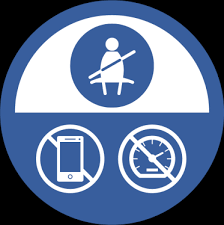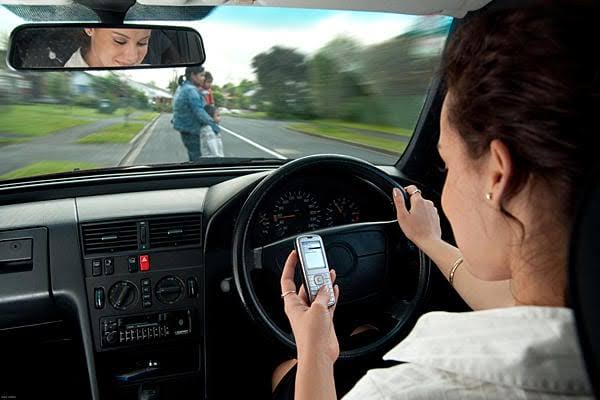← Back to Tutorials




Safe Driving Practices
General river toolbox talk summary

1. Purpose
The purpose of this toolbox talk is to raise awareness of safe driving practices, prevent accidents, and protect both drivers and the public. Driving is a high-risk activity, and every journey should be approached with caution and responsibility.
2. Key Safety Points
a) Vehicle Preparation
- Check tires, brakes, lights, and windshield wipers before driving.
- Ensure mirrors are adjusted correctly.
- Keep the vehicle clean and free of clutter that may obstruct controls.
b) Seat Belts
- Always wear your seat belt, regardless of the journey length.
- Ensure all passengers wear seat belts as well.
c) Speed Management
- Follow posted speed limits.
- Adjust speed according to road, weather, and traffic conditions.
- Maintain a safe following distance (at least 3 seconds behind the vehicle in front).
d) Avoiding Distractions
- Mobile phones: Never text or call while driving. Use hands-free if necessary.
- Eating or drinking: Avoid eating while driving.
- Other distractions: Adjusting radios, GPS, or climate controls should be done while stationary.
e) Driving Under Influence
- Never drive under the influence of alcohol, drugs, or medications that impair driving.
- Fatigue is also a risk factor; avoid driving when drowsy.
f) Defensive Driving
- Always anticipate the actions of other road users.
- Be prepared for sudden stops or unexpected maneuvers.
- Keep a safe distance and use mirrors frequently.
g) Road Conditions
- Reduce speed on wet, icy, or unpaved roads.
- Be cautious in construction zones and residential areas.
h) Emergency Procedures
- Know how to react in case of a skid, tire blowout, or brake failure.
- Keep emergency contacts and first aid kit in the vehicle.
- Report accidents immediately according to company procedures.
3. Discussion Questions
- What are the biggest distractions you face while driving for work?
- How do you manage fatigue during long journeys?
- Can anyone share a situation where defensive driving helped prevent an accident?
4. Practical Tips
- Plan your journey before starting: check routes, traffic, and weather.
- Take breaks every 2–3 hours for long trips.
- Keep a safe distance in poor visibility conditions (rain, fog, dust).
- Avoid aggressive driving: don’t tailgate or overtake unnecessarily.
5. Key Takeaways
- Driving safely protects you, your passengers, and other road users.
- Preparation, focus, and defensive driving reduce risk.
- Avoid distractions, follow speed limits, and stay alert at all times.
Related Tutorials

Safe Driving Practices
Safe Riding Practices for Boda Boda Riders
1. PurposeThe aim of this toolbox talk is to raise awareness among boda boda riders on saf...
Read More
DISTRACTED DRIVING
Passenger Distractions
1. What Is Passenger Distraction?Passenger distraction occurs when someone inside the vehi...
Read More
DISTRACTED DRIVING
Use of phone while driving.
1. What is Distracted Driving? Definition: Any activity that takes attention away from...
Read More